Passengers gazing out of the window on final approach into Hong Kong International Airport during the day are likely to spot something unusual: a road bridge that appears from land and snakes endlessly out to sea.
This is the 34-mile (55-km) Hong Kong-Zhuhai-Macao Bridge, which opened in 2018, and is one of the most visible symbols of Hong Kong’s connectivity.
A series of bridges and underwater tunnels that span the Pearl River Delta in southern China, it is also the longest bridge and tunnel sea crossing in the world. It connects the two Special Administrative Regions with the mainland, part of Beijing's master plan to develop its own Greater Bay Area (GBA) – an economic and technological powerhouse – with Hong Kong as the key entry point between east and west.
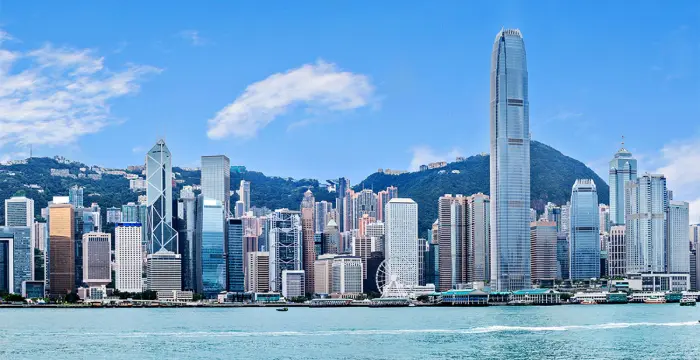 HKSAR: A Tale of Resilience and Adaptability
HKSAR: A Tale of Resilience and Adaptability
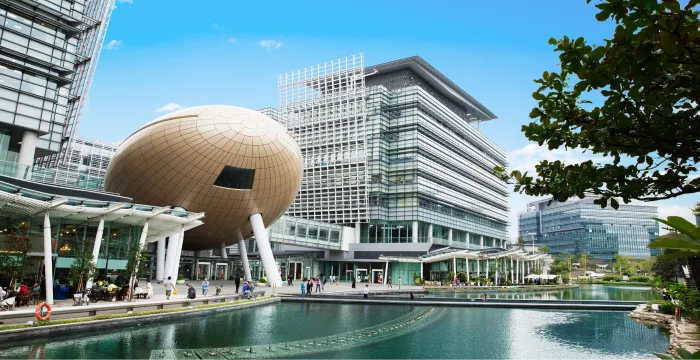 HKSAR: Hong Kong's Tech-Powered Future
HKSAR: Hong Kong's Tech-Powered Future
 HKSAR: Connectivity Driving Hong Kong's Fortunes
HKSAR: Connectivity Driving Hong Kong's Fortunes
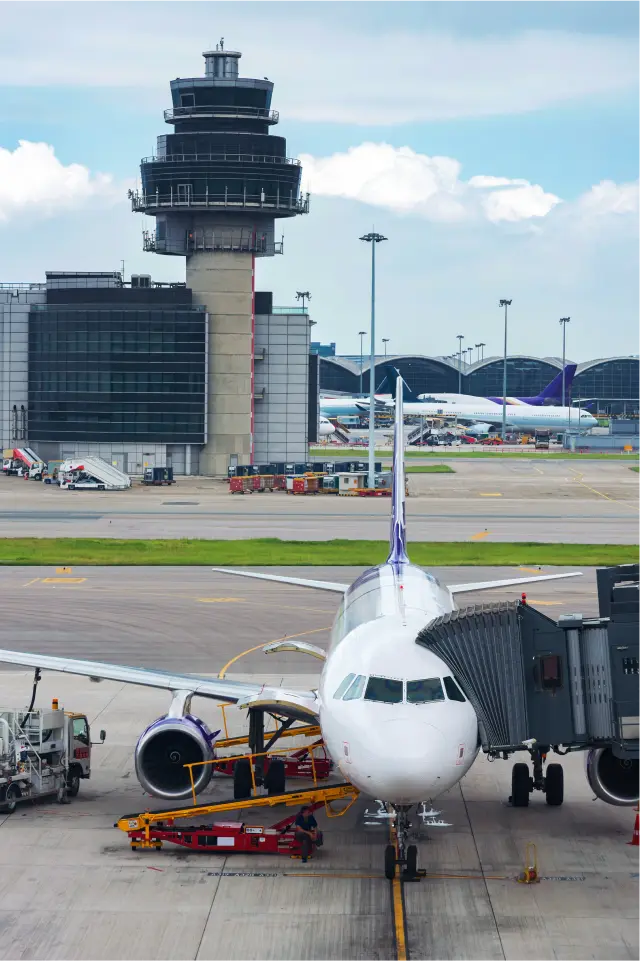
On the Ascent
A world-class transport infrastructure covering air, sea and land has enhanced Hong Kong’s status as a global economic hub, enabling companies – both local and international – to maximize opportunities across the region.
The centerpiece is the award-winning airport. Opened in 1998, Hong Kong International Airport (HKIA) at Chek Lap Kok replaced its cramped but iconic predecessor at Kai Tak.
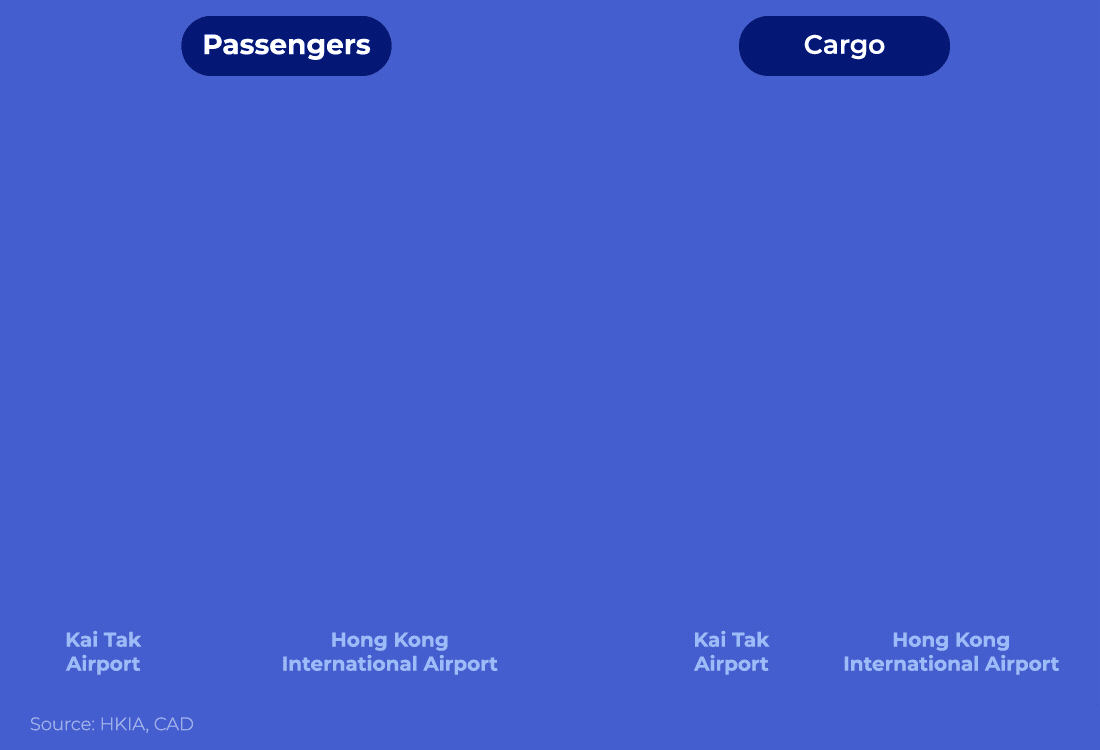
“It was a great airport but very small,” said Stanley Hui Hon Chung, Chief Executive Officer of Hong Kong-based Greater Bay Airlines. “By the 1980s, Kai Tak airport was already at maximum capacity in terms of cargo and passengers. It handled around 29 million people and around 1.5 million tons of cargo annually. By contrast, 71 million passengers passed through the new airport before the pandemic, while cargo was up to almost five million tons.”
As one of the world’s busiest airports, HKIA further strengthened the city as a global aviation hub. It has created enormous economic value for Hong Kong through aviation services and non-aviation businesses operating at the airport. Its benefits are also felt across the city’s four pillar industries – financial services, trading and logistics, tourism, and producer and professional services – that depend on the efficient flow of people and goods. According to the International Air Transport Association (IATA), the air transport sector contributes an estimated $33 billion to Hong Kong’s GDP, and supports 330,000 jobs.
Underpinned by the National 14th Five-Year Plan for National Economic and Social Development, which prioritizes Hong Kong’s role as an aviation hub, $18 billion is being invested in the expansion of HKIA. This includes the ongoing construction of the Three-Runway System. After its expansion, HKIA’s annual passenger and cargo handling capacities are expected to increase to around 120 million and 10 million tons respectively from 2035 onwards. HKIA also has an ambitious plan to develop SKYCITY in its north commercial district, which will comprise retail, dining and entertainment facilities, offices, hotels, retail, dining and entertainment. It is part of a broader initiative to transform HKIA into an “Airport City,” with increased capacity and functionalities that will boost HKIA’s long-term competitiveness.
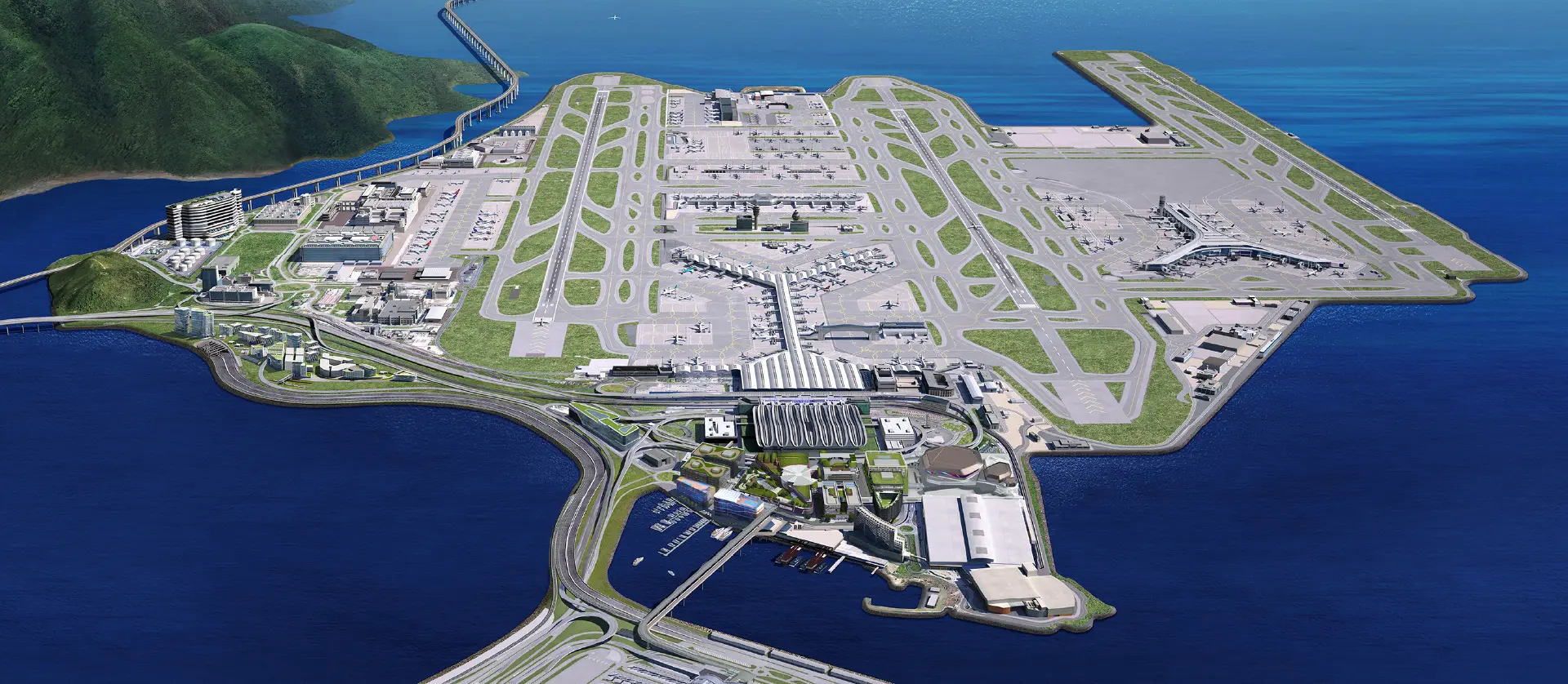




Source: HKIA
“Hong Kong will continue to be a very important and relevant aviation hub,” said Hui, who was previously CEO of Airport Authority Hong Kong. “When I was running the airport a few years back, HKIA was already getting very busy, and it was increasingly difficult to get landing and departure slots.
“So, we carried out a feasibility study for a third runway, which the government accepted. And now, as Hong Kong returns to normal, we will have all this extra capacity as the Three-Runway System gets up and running. This will provide more opportunities for local and international airlines and help boost the city’s economy and development of the entire GBA.”

Cargo Capital
Hong Kong’s strategic location at the heart of Asia has enabled it to become a global logistics center. Hong Kong port, among the world’s busiest, handled almost 90% of the city’s total freight volume in 2021, while regular liner services connect to more than 460 destinations worldwide. The 2022 Xinhua-Baltic International Shipping Centre Development Index Report ranks Hong Kong fourth globally in terms of shipping services and business environment.

Hong Kong maintains its competitive advantage through its free port status, efficient customs procedure, and solid infrastructure.
In 2021, the Hong Kong Maritime and Port Board formed a task force to drive smart port development by promoting the wider application of digital technology in maritime and port industry operations. The Hong Kong government is setting up a brand-new data sharing platform to enhance the efficiency and competitiveness of Hong Kong Port.
As an international maritime center, Hong Kong has also been promoting the development of green port operations, encouraging the industry to adopt more sustainable methods, including promoting the use of liquefied natural gas (LNG) by ocean-going vessels to reduce their carbon emissions.
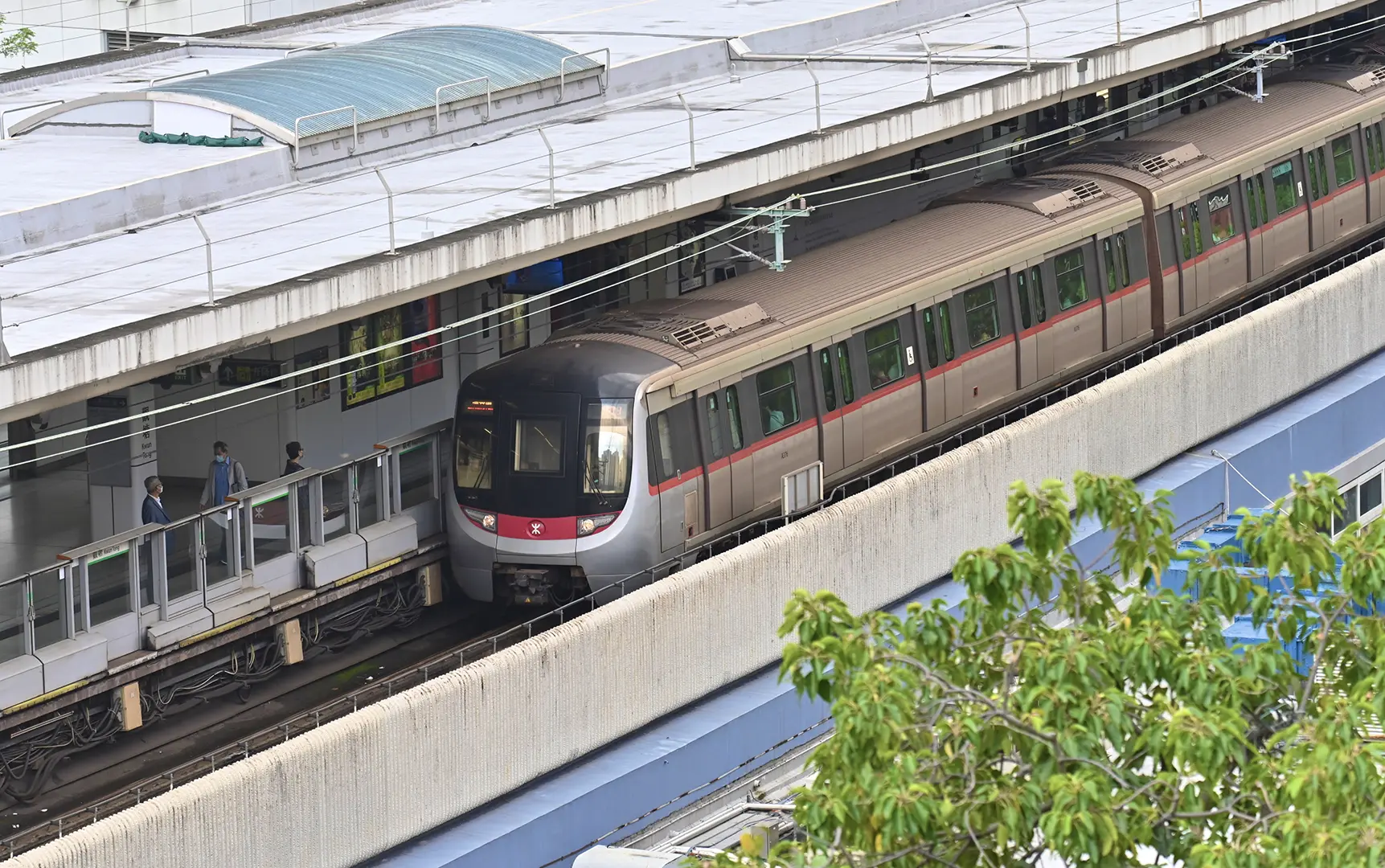
Smarter City
In 2020, the Hong Kong SAR Government published the Smart City Blueprint 2.0 to accelerate its digital transformation and leverage technology to address urban issues, and manage the city more efficiently to increase safety, reduce waste and pollution, and enhance connectivity.
Land transport operators in Hong Kong already deploy technology such as big data to provide a better experience for travelers. For instance, the MTR Corporation – which operates the city’s mass transit rail network – provides smart payment and ticketing services. It has also been testing robots to support station operations and maintenance. The network serves 4.5 million passengers daily.
MTR also operates a high-speed rail service linking Hong Kong with 44 cities across China. As with the Hong Kong-Zhuhai-Macao Bridge, the $10 billion link – which operates from one of the world’s largest underground stations at West Kowloon – is intended to enhance the city’s connection with the mainland, particularly the GBA.

On the roads, developments in smart sensors and the Internet of Things have given rise to an intelligent transportation system. New measures include the Free-Flow Tolling System (“HKeToll”), which enables motorists to pay tunnel tolls with RFID technology, and the Traffic Data Analytics System (TDAS), which analyzes real-time traffic and transport data and provides weather information to enhance traffic management and minimize congestion.
“Hong Kong operates one of the world’s most advanced transportation infrastructure networks,” said KPMG China’s ChiSum Li, who specializes in the commercial development of infrastructure, construction and real estate projects in Hong Kong and the GBA.
“With the government’s commitment to smart mobility, we’ve seen some notable successes when it comes to improving Hong Kong’s public transport. For instance, 95% of taxi drivers now accept electronic payments, travelers can access real-time information for all buses, MTR lines, and ferry services via the “HKeMobility” mobile app, and electric bus services have been piloted across the city.”

The Future of Transport
Looking ahead, increased connectivity is central to Hong Kong’s continued economic development.
By embracing innovation and technology to overcome the challenges of being one of the world’s most densely populated cities, Hong Kong can become the benchmark for global smart cities. Its state-of-the-art public transport system is already leading the way, having been rated the world’s best in a recent study. The network was credited for its low fares, limited delays and service disruptions, and for supporting itself financially.
Hong Kong can also cement its position at the heart of the GBA by enhancing its status as an international aviation, shipping, and logistics hub – the gateway between east and west – with continued innovation and investment in its infrastructure.

At a global level, more than $2 trillion of transport infrastructure investments will be required each year until 2040 to sustain economic development. The challenge will be to ensure this new infrastructure can become more sustainable and help the transport sector to meet global climate goals without sacrificing capacity.
Learn more